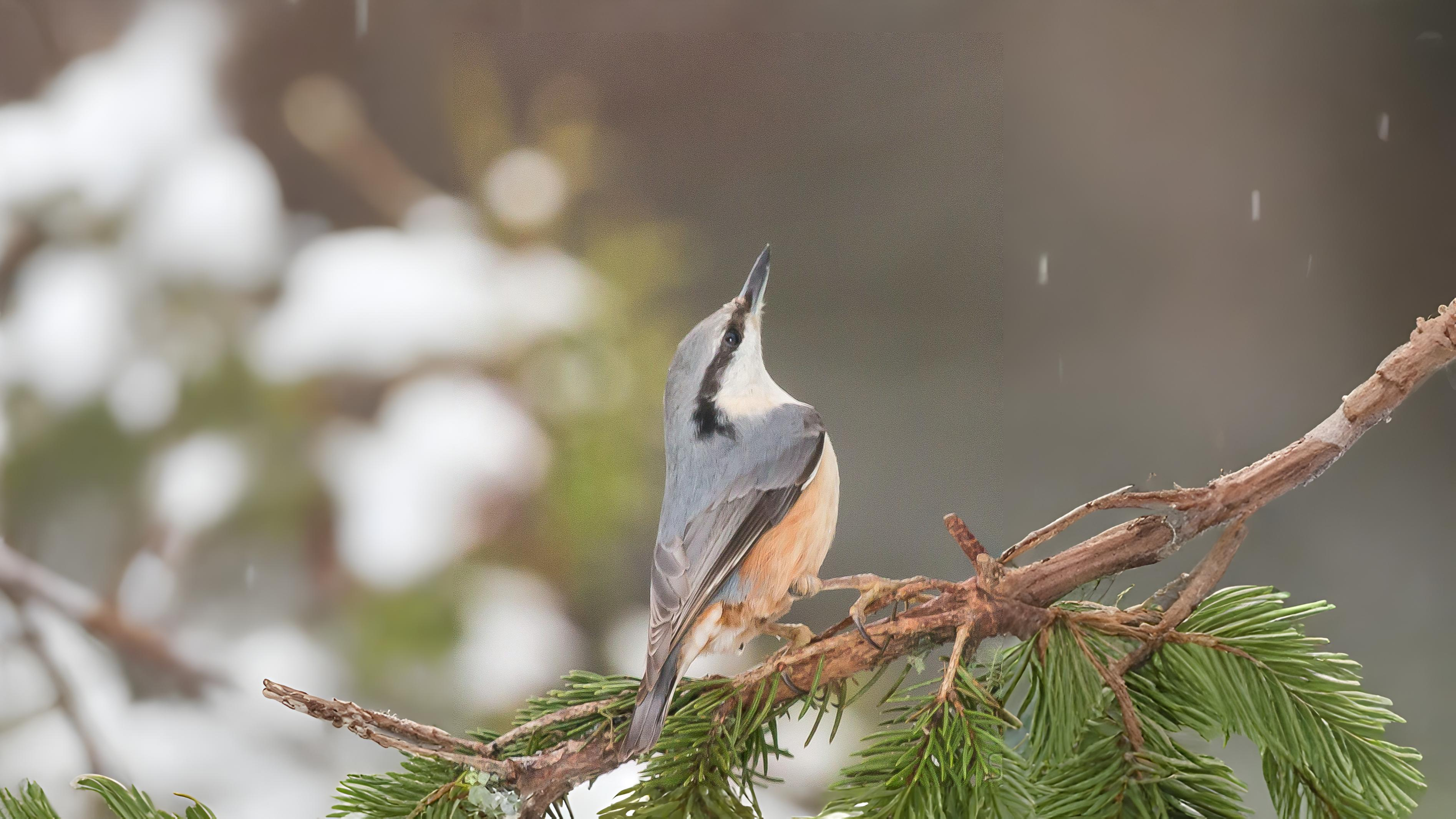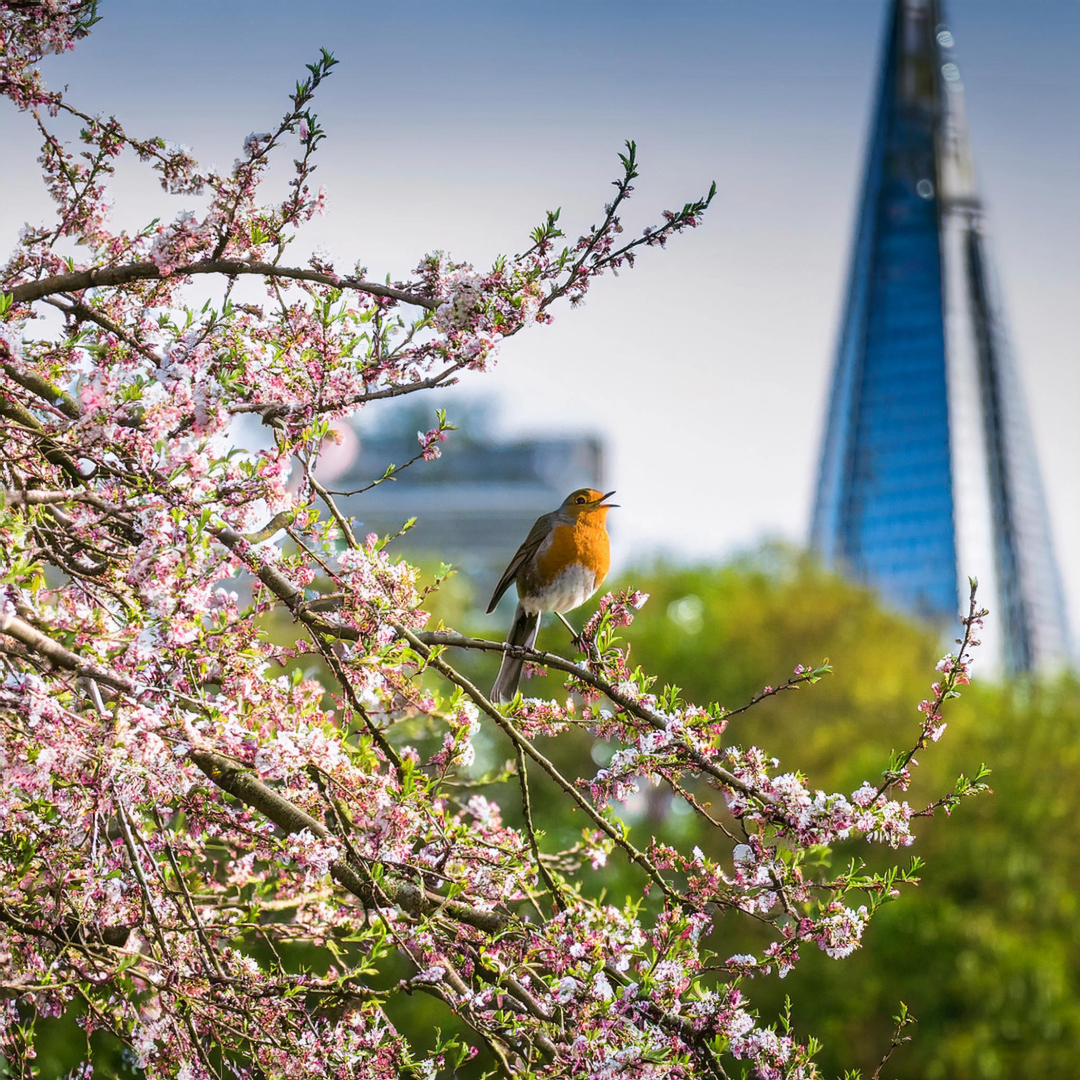
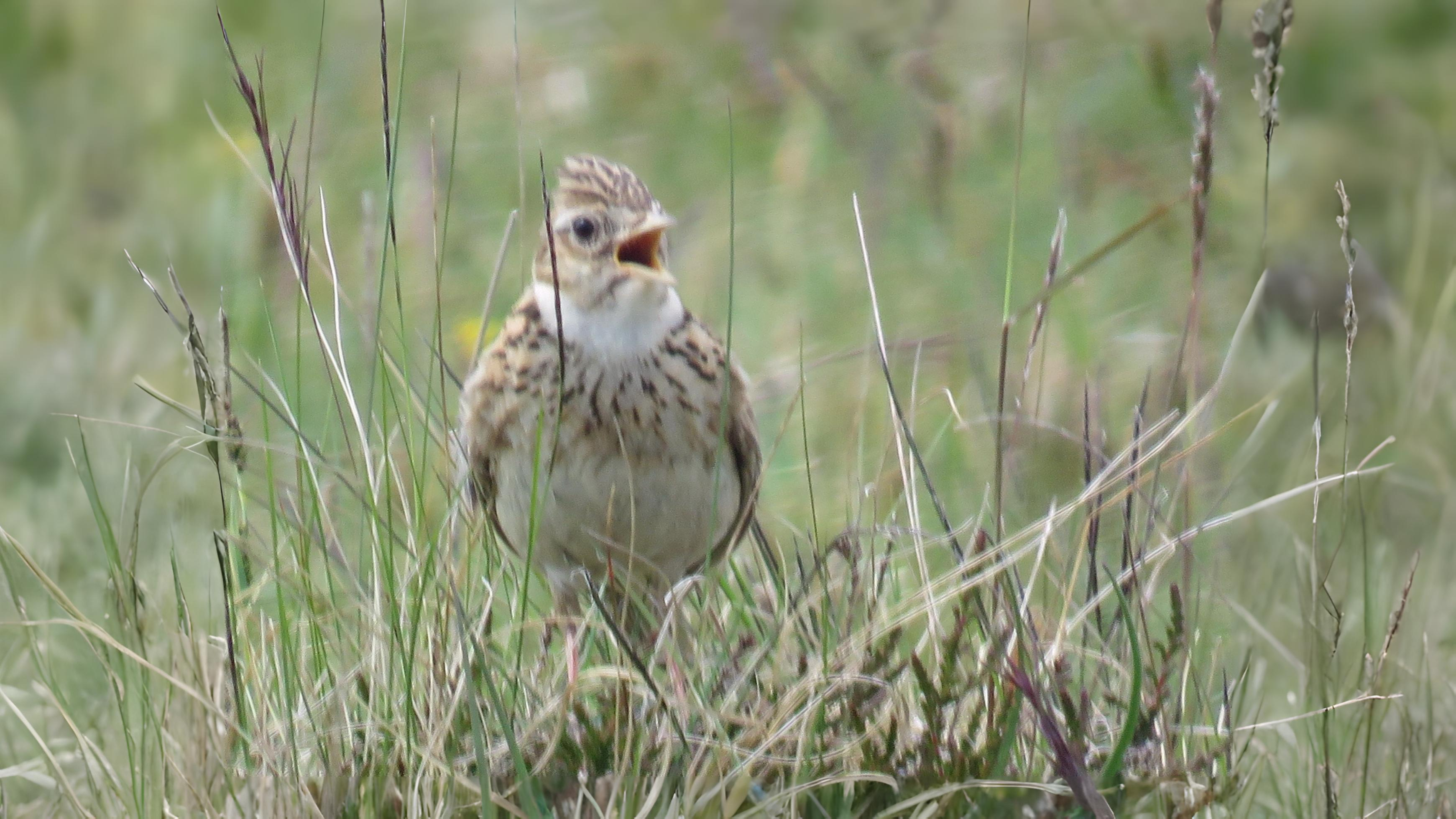

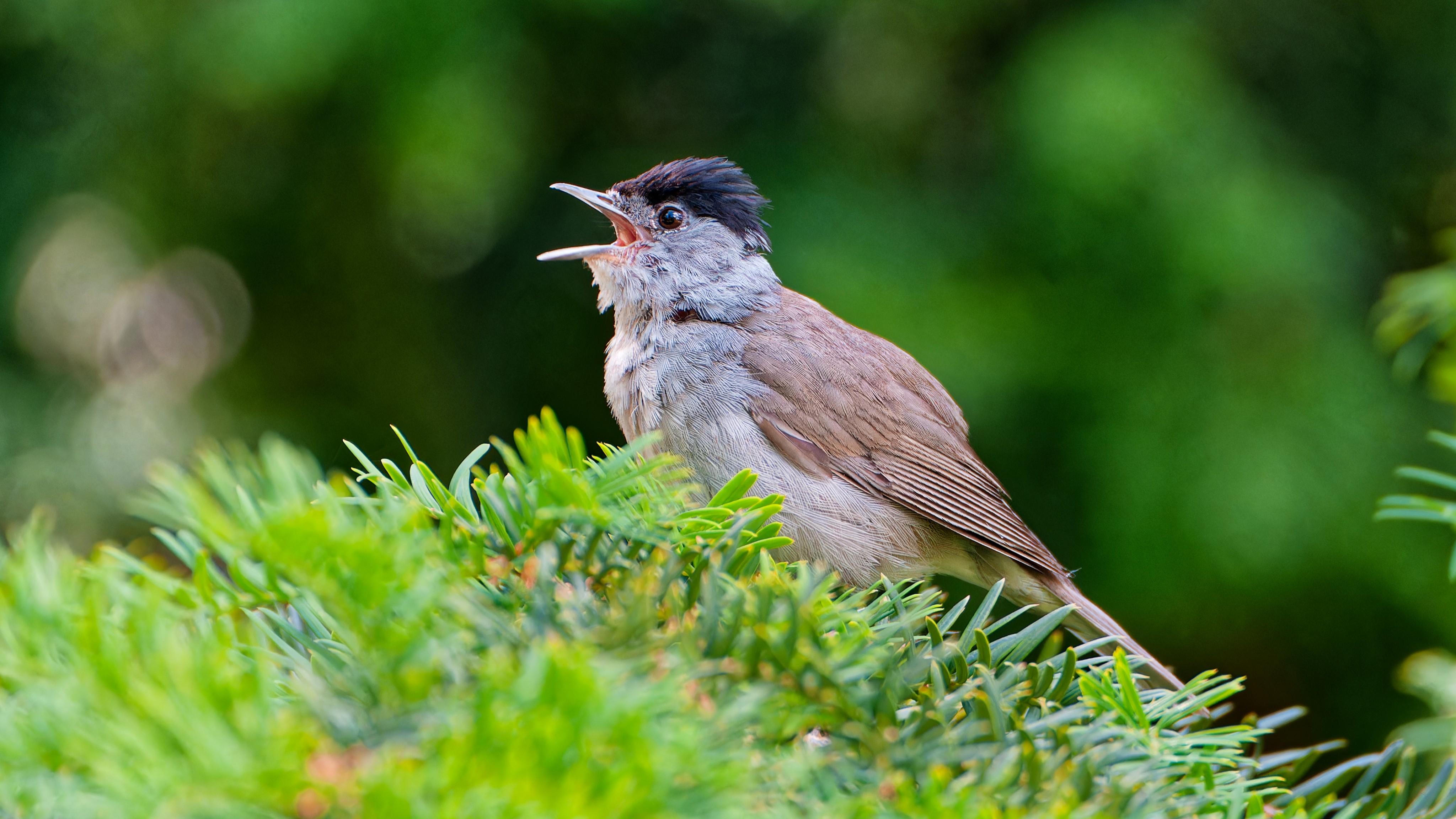

The last two of these songs are notoriously confusing for birdwatchers. The blackcap’s song is a series of clear warblings, with some pure notes. It has a wavy character, including the so-called ‘cuckoo notes’. These are particularly clear, pure, fluty notes often delivered at the end of phrases and are reminiscent to some extent of a cuckoo. The garden warbler in contrast tends to sing for longer and without interruption. It also has no cuckoo notes. Its song has been compared to a babbling brook because of the continuous rapid flow of notes. As always, the situation is confused by lazy, inexperienced birds which don’t deliver their full song. Excerpts alone of both songs are notoriously difficult to separate, especially as the garden warbler arrives just as the leaves start to hide him. His is a much rarer sound in London than the blackcap’s and he tends to move around a lot as he delivers it.
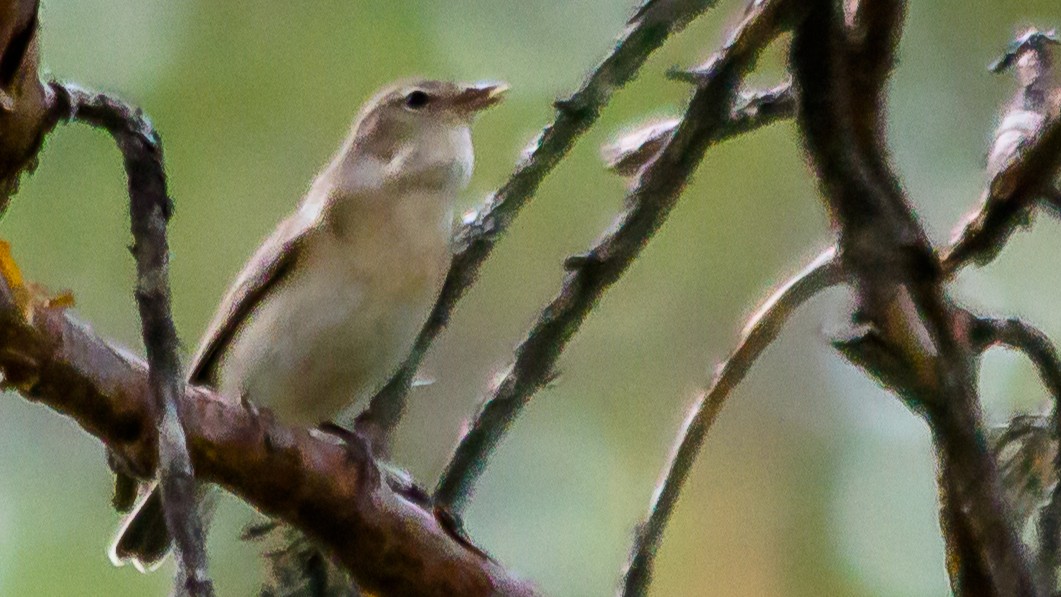

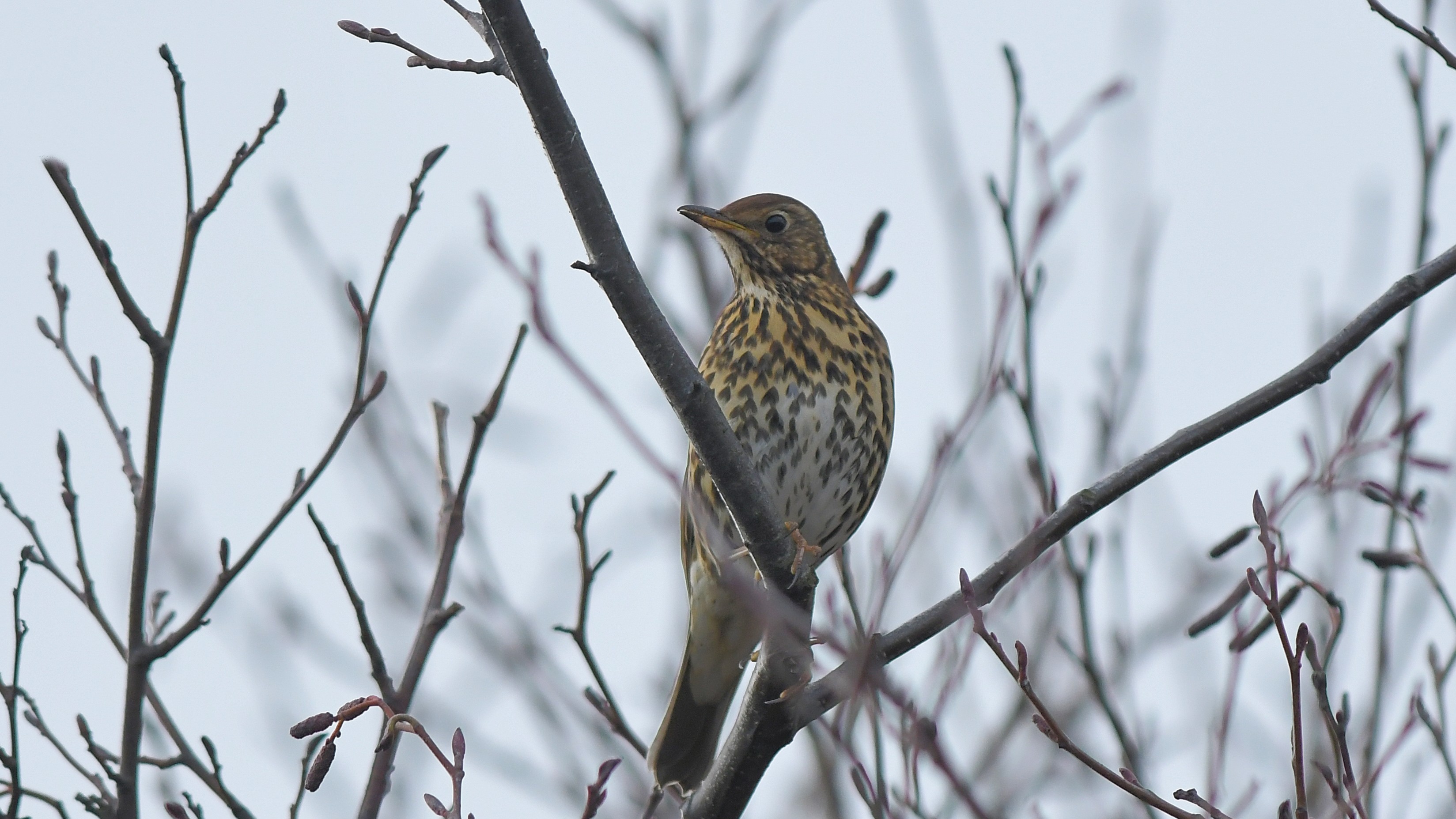

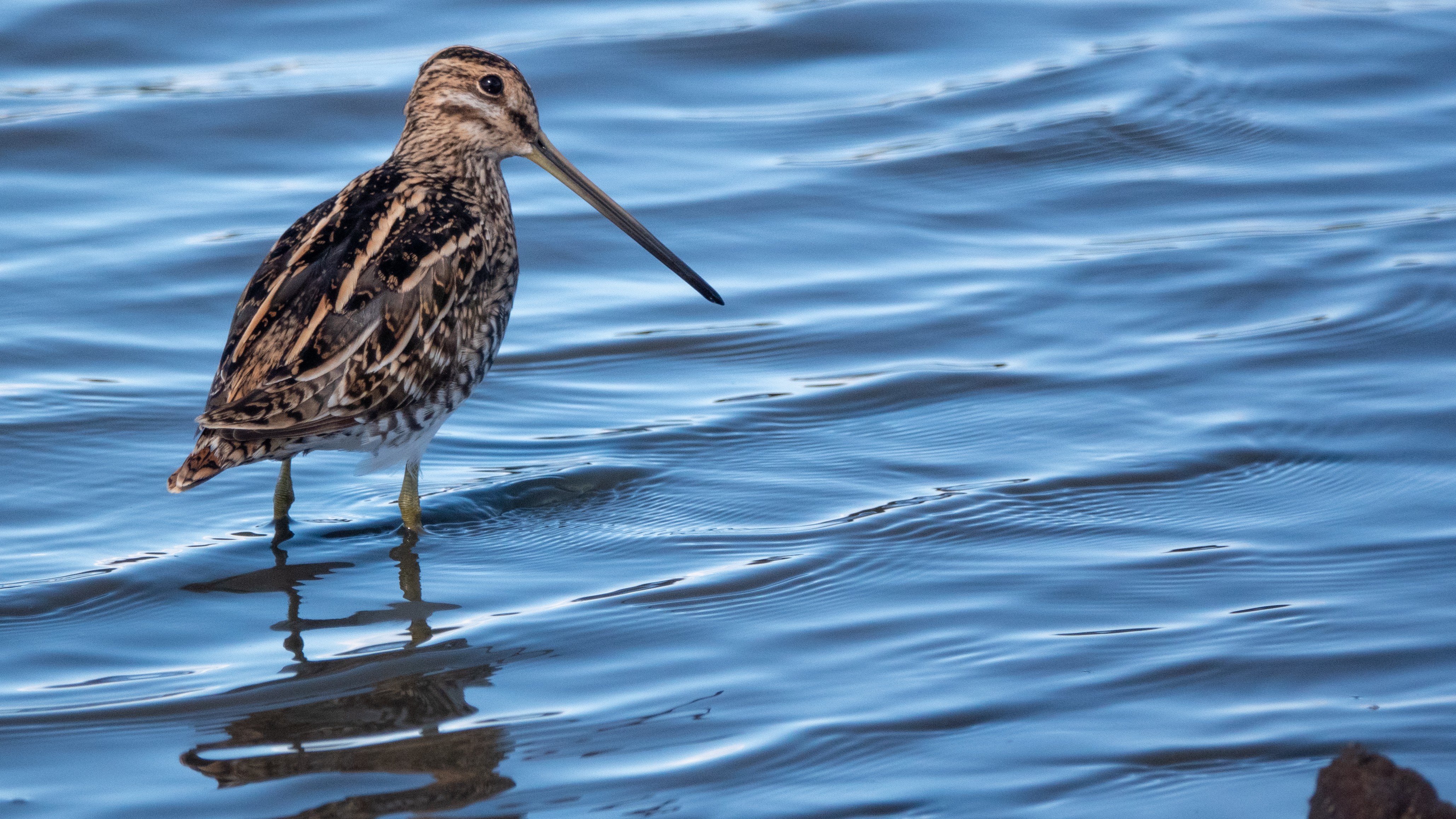

One last famous sound of April, which might return after a long absence, is the whistling of otters. Being nocturnal in their habits, these almost human-sounding whistles used to be often heard in the dead of night near quiet stretches of running water. There may still be a possibility along the more remote tributaries of the River Wey and River Lea.
